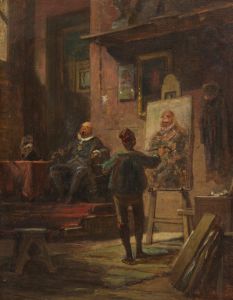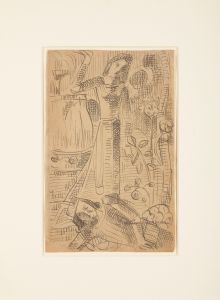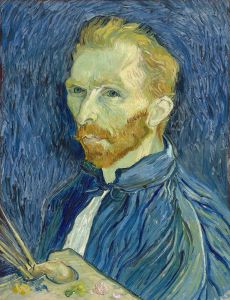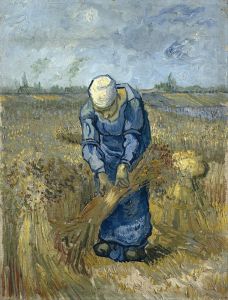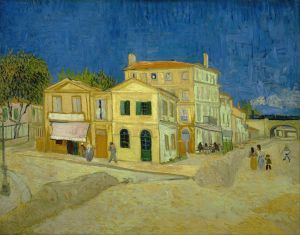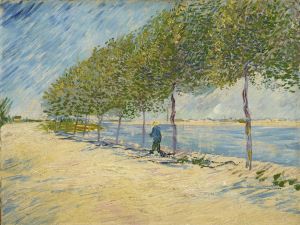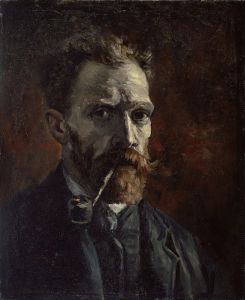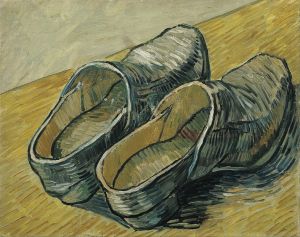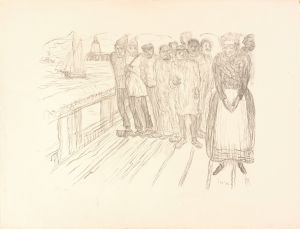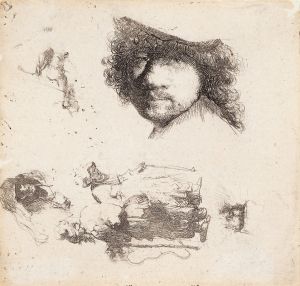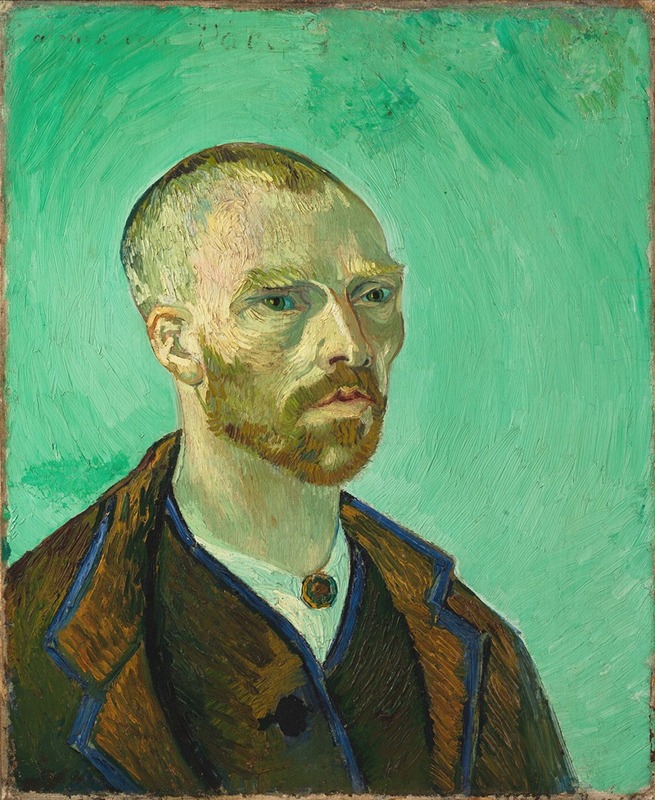
Self Portrait
A hand-painted replica of Vincent van Gogh’s masterpiece Self Portrait, meticulously crafted by professional artists to capture the true essence of the original. Each piece is created with museum-quality canvas and rare mineral pigments, carefully painted by experienced artists with delicate brushstrokes and rich, layered colors to perfectly recreate the texture of the original artwork. Unlike machine-printed reproductions, this hand-painted version brings the painting to life, infused with the artist’s emotions and skill in every stroke. Whether for personal collection or home decoration, it instantly elevates the artistic atmosphere of any space.
Vincent van Gogh's "Self-Portrait" is one of the most renowned works by the Dutch post-impressionist painter. Created in 1889, this self-portrait is one of several that Van Gogh painted during his lifetime, reflecting his intense and often turbulent emotional state. The painting is housed in the Musée d'Orsay in Paris, France.
Van Gogh painted this self-portrait during his stay at the Saint-Paul-de-Mausole asylum in Saint-Rémy-de-Provence, where he admitted himself following a series of mental health crises. This period was marked by both prolific artistic output and profound personal struggles. The "Self-Portrait" is notable for its vivid colors, expressive brushstrokes, and the intense, almost haunting gaze of the artist.
In this painting, Van Gogh depicts himself with a somber expression, wearing a blue coat and a greenish hat. The background is a swirling pattern of blues and greens, which contrasts with the more solid and defined figure of Van Gogh in the foreground. This use of contrasting colors and dynamic brushwork is characteristic of Van Gogh's style and contributes to the emotional intensity of the portrait.
The "Self-Portrait" is often interpreted as a reflection of Van Gogh's inner turmoil and his struggle with mental illness. The artist's piercing eyes and the tension in his facial expression convey a sense of vulnerability and introspection. Despite his personal difficulties, Van Gogh's technical skill and innovative use of color and form are evident in this work.
Van Gogh's self-portraits are significant not only for their artistic merit but also for what they reveal about the artist's self-perception and his desire to understand and portray his own identity. Throughout his career, Van Gogh created more than 30 self-portraits, each offering a different perspective on his evolving sense of self.
The "Self-Portrait" from 1889 is particularly notable because it was painted during a period of relative stability for Van Gogh, following a severe mental breakdown. During his time at the asylum, Van Gogh was able to focus on his art, producing some of his most famous works, including "The Starry Night" and "Irises."
Van Gogh's use of color in this self-portrait is both expressive and symbolic. The dominant blues and greens create a sense of calm and introspection, while the contrasting reds and oranges in his face add warmth and intensity. This interplay of colors enhances the emotional depth of the portrait and draws the viewer into Van Gogh's world.
The "Self-Portrait" is also notable for its composition. Van Gogh's face is positioned slightly off-center, creating a dynamic balance within the frame. The swirling background patterns add a sense of movement and energy, contrasting with the stillness of the artist's figure. This combination of elements creates a powerful and compelling image that captures the complexity of Van Gogh's character.
In summary, Vincent van Gogh's "Self-Portrait" from 1889 is a masterful work that offers a profound insight into the artist's psyche. Through his innovative use of color, expressive brushwork, and thoughtful composition, Van Gogh created a portrait that is both deeply personal and universally resonant. The painting stands as a testament to Van Gogh's enduring legacy as one of the most influential artists of the 19th century.





